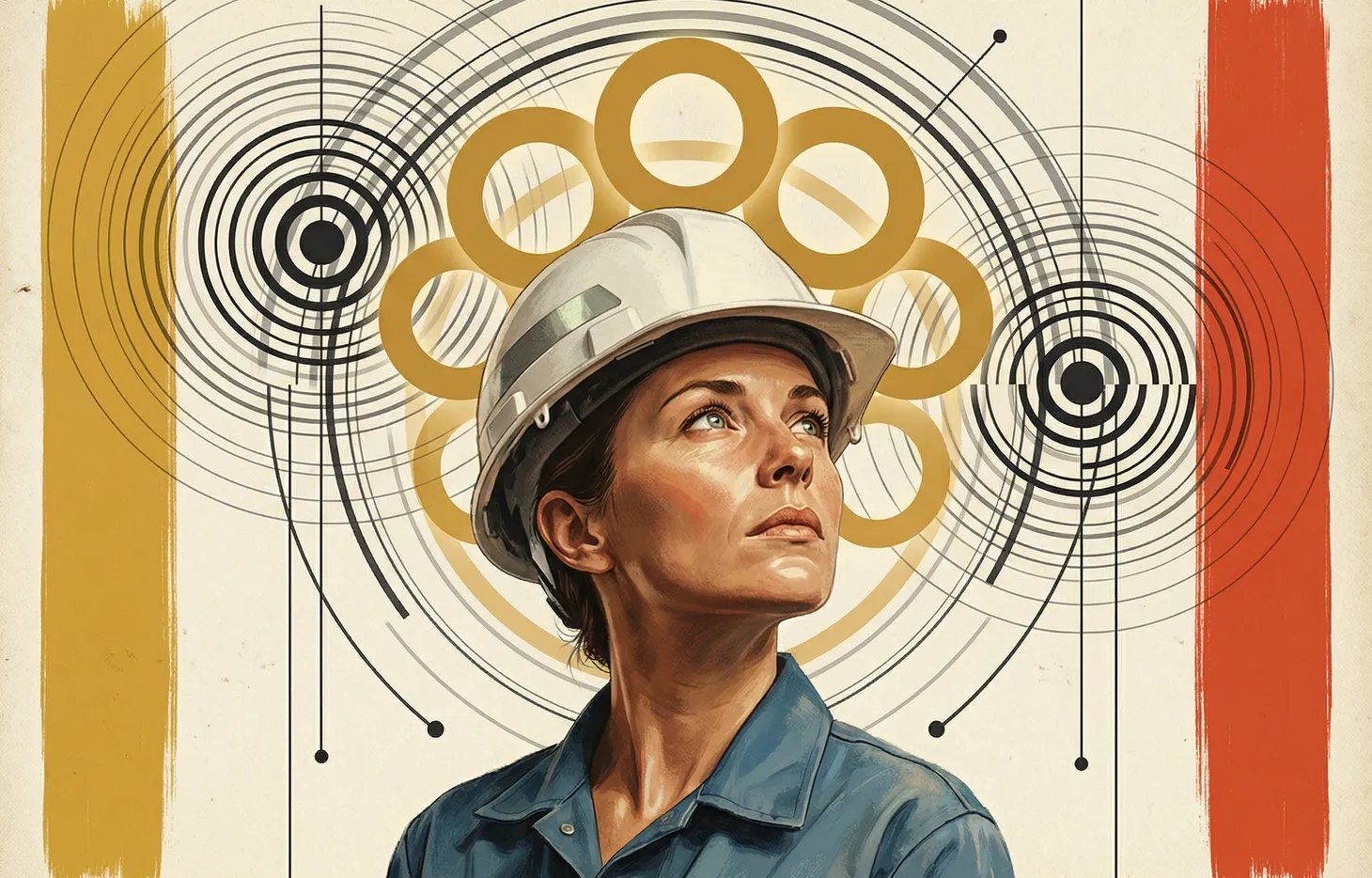Assorted Links Wednesday
The pandemic has deepened America’s state and regional differences — and why that’s not necessarily a bad thing, plus the 7% of Americans who don't use the internet, and more.

Table of Contents
COVID has made where you live matter even more: The pandemic has deepened America’s state and regional differences — and why that’s not necessarily a bad thing.
Understanding major metropolitan domestic migration:
Domestic migration to major metropolitan areas is dominated by suburban counties, rather than central counties. From 2010 to 2019, suburban areas led core counties in 41 of the 50 metropolitan areas with more than one county (Table), In the last four years, as net domestic migration has intensified in areas with lower population density, suburban areas led core counties in 43 metropolitan areas. Core counties since 2010 lost 2.2 million residents, while suburban counties gained 1.8 million. The difference was the equivalent to 4,000,000 residents moving from core counties to suburban counties.
As always, caution should be employed in characterizing net domestic migration for major metropolitan areas. More often than not migration to major metropolitan areas will not occur in the core counties (containing the core municipalities), but rather to suburban counties. The net domestic migration that is occurring to the Nashville, Dallas-Fort Worth and Indianapolis metropolitan areas is not to Nashville, Dallas and Indianapolis, but rather to surrounding suburbs. These are distinctions missed but may become even more critical once the impact of the Covid-19 pandemic is taken into account.
The media impact of sports hosting:
This media impact helps explain why cities are so eager to have pro teams and host events, even at the very high expense that it takes to be able to do it.
Remote workers could permanently transform rural America.
U.S. Life Science Market Report | Q1 2021
In 2020, economic development activity in Alabama generated close to $5 billion in new capital investment and almost 10,000 jobs.
7% of Americans don’t use the internet. Who are they?
The key things to know about Biden's EV infrastructure plan:
- It's a boost for EV chargers
- There's a big push to electrify transit and school buses
- Ditto the federal fleet
- It would buoy domestic EV production
- It includes incentives for Americans to buy EVs
- It prioritizes building out transmission lines and clean energy
- It prioritizes racial justice
- Decarbonizing transit is a big focus
- Corporate taxes will feed funding
- The proposal still needs to get through Congress
US payroll employment increased by 916,000 in March.
The IEDC website has a new look.
How rural colleges and universities benefit their communities, and how these institutions can be supported. (via Jim Gibson)
An HIV vaccine based on the Moderna COVID vaccine is getting promising results.
Econ Dev Show Newsletter
Join the newsletter to receive the latest updates in your inbox.


